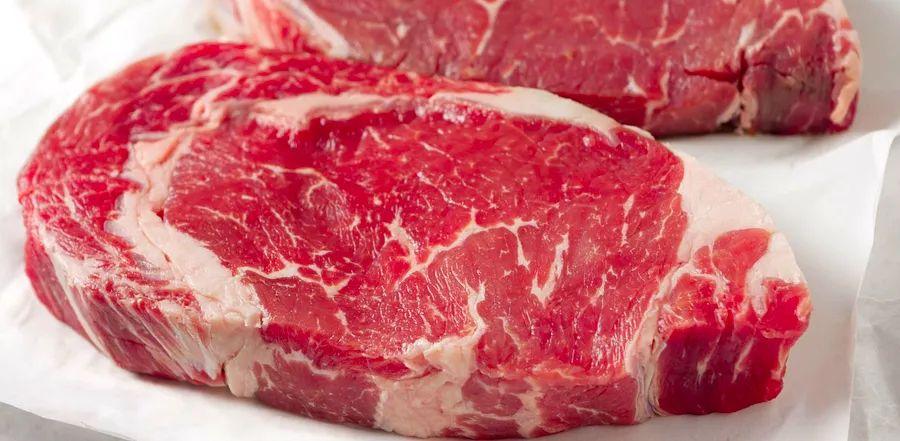Sirloin vs Ribeye: Which Cut Reigns Supreme?

Sirloin and ribeye — these two steaks are staples in the grocery store, featured prominently on restaurant menus, and often showcased in cooking competitions. They’re frequently compared head-to-head in a delicious duel. The truth? Both cuts shine when prepared properly, offering juicy, tender bites that satisfy any steak lover's craving.
So, which one should you choose? Is one cut truly better than the other?

Photo by boblin/Getty Images
What Is a Ribeye Steak?
Ribeye, as its name suggests, is derived from the rib section of the cow (specifically ribs nine through eleven). When cut, the rib bone remains attached, earning it the title bone-in ribeye. This cut retains a fair amount of fat from the ribs, although the bone is sometimes removed.
The ribeye is renowned for its marbling—the delicate veins of fat throughout the meat that melt during cooking, infusing the steak with intense flavor and a melt-in-your-mouth tenderness. This characteristic is what makes ribeye a top choice for steak lovers, especially those dining out.
The ribeye comes from the center rib area of the cow, an area that doesn’t get much exercise, resulting in the tenderness and marbling that the cut is famous for. Ribeye can also be known as Delmonico, Spencer, beauty steak, Scotch filet, or even prime rib, which is essentially the same cut, left whole as a large roast instead of sliced into individual steaks.
Ribeye Steak Recipes to Try:
- Salt and Pepper Ribeye Steak
- Air Fryer Rib-Eye Steak
- Marinated Rib-Eyes
- Grilled Delmonico Steaks
- Cuban Marinated Steak
What Is a Sirloin Steak?
Sirloin can be a bit tricky to understand, as it encompasses a variety of steaks, all from a large cut located just behind the ribs and before the rump. Famous cuts like T-Bone, strip steaks (New York, Kansas City, Omaha), and club steak, as well as roasts such as tri-tip, all originate from this area.
Sirloin steaks tend to be leaner than ribeye, with less marbling, which means they are not as tender but offer a milder flavor. However, cuts from the top sirloin (like T-Bone and strip steaks) still provide a robust, meaty taste and a satisfying chew, winning over steak lovers all around.
Although bottom sirloin cuts aren’t typically made into individual steaks, they produce flavorful, lean roasts like tri-tip, which can be slow-roasted for a deliciously hearty meal that satisfies a crowd.
Sirloin Steak Recipes to Try:
- Roasted New York Strip Steak with Chimichurri Sauce
- Sirloin Steak with Garlic Butter
- Rock’s T-Bone Steaks
- Steaks with Truffle Butter
- Cast Iron Pan-Seared Steak
- Steak Diane
The Final Verdict
Ultimately, deciding which steak cut is superior comes down to personal taste. When considering factors like flavor, texture, and fat content, the cut that wins your heart will naturally be your choice.
For an intense beef flavor and a tender, melt-in-your-mouth experience, ribeye is the way to go. Ribeyes also cook quickly, whether on the grill or in a pan, making them convenient. If you prefer less fat, are willing to spend a bit more time cooking, or plan to slice the steak for dishes like breakfast with eggs or a sandwich, sirloin is a great choice. Plus, sirloin is often a few dollars cheaper per pound, offering a satisfying steak meal at a more affordable price.
Dry-aging enhances both flavor and tenderness, so a ribeye that’s dry-aged is sure to impress. A dry-aged sirloin, on the other hand, brings all the richness of ribeye without as much fat, offering the best of both worlds. No matter which steak you prefer, if it's dry-aged, you’re guaranteed a top-tier meal.
Evaluation :
5/5



